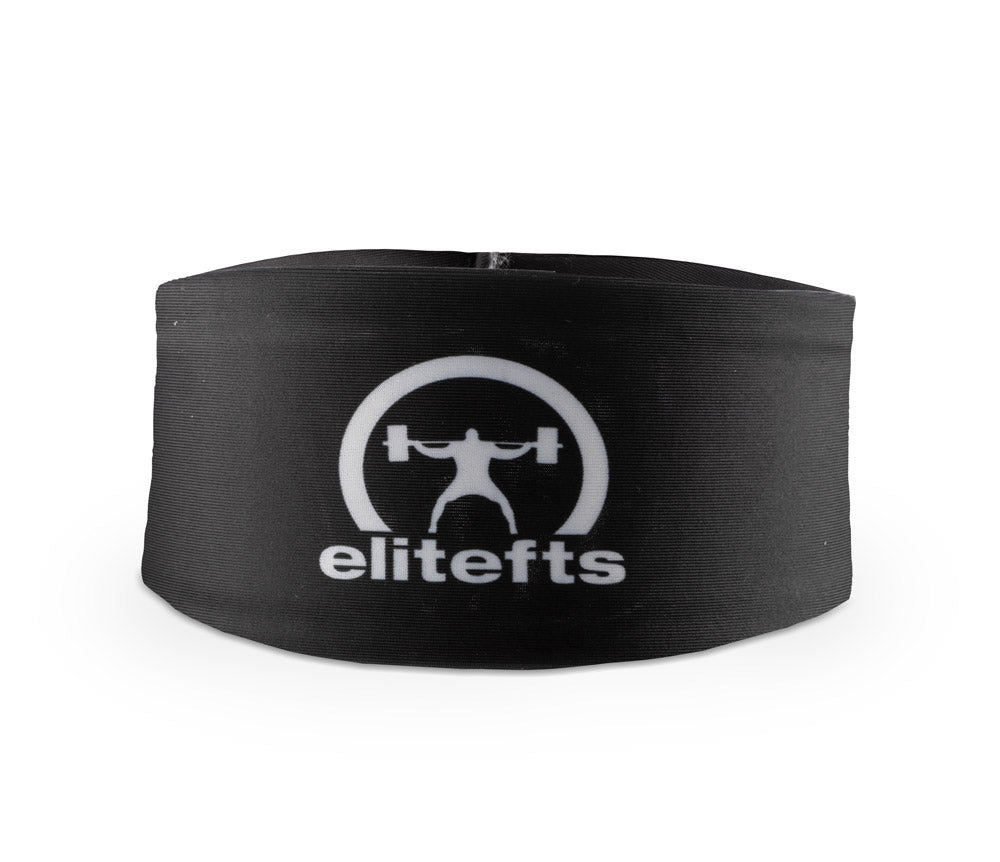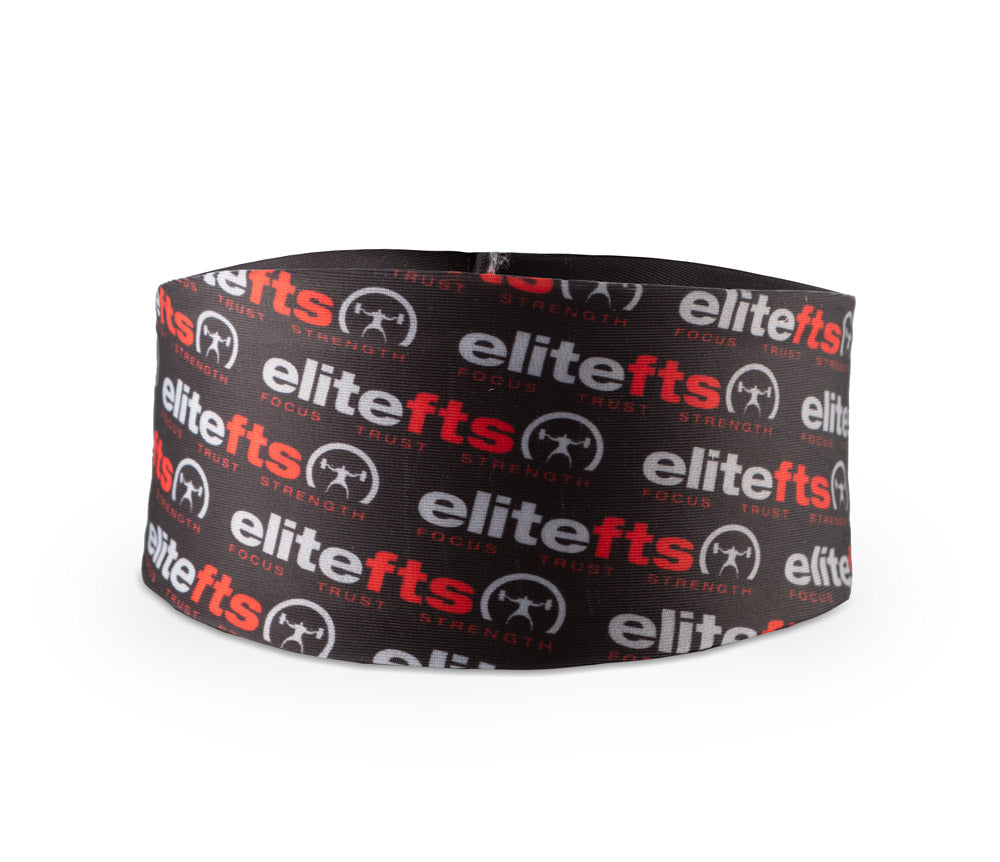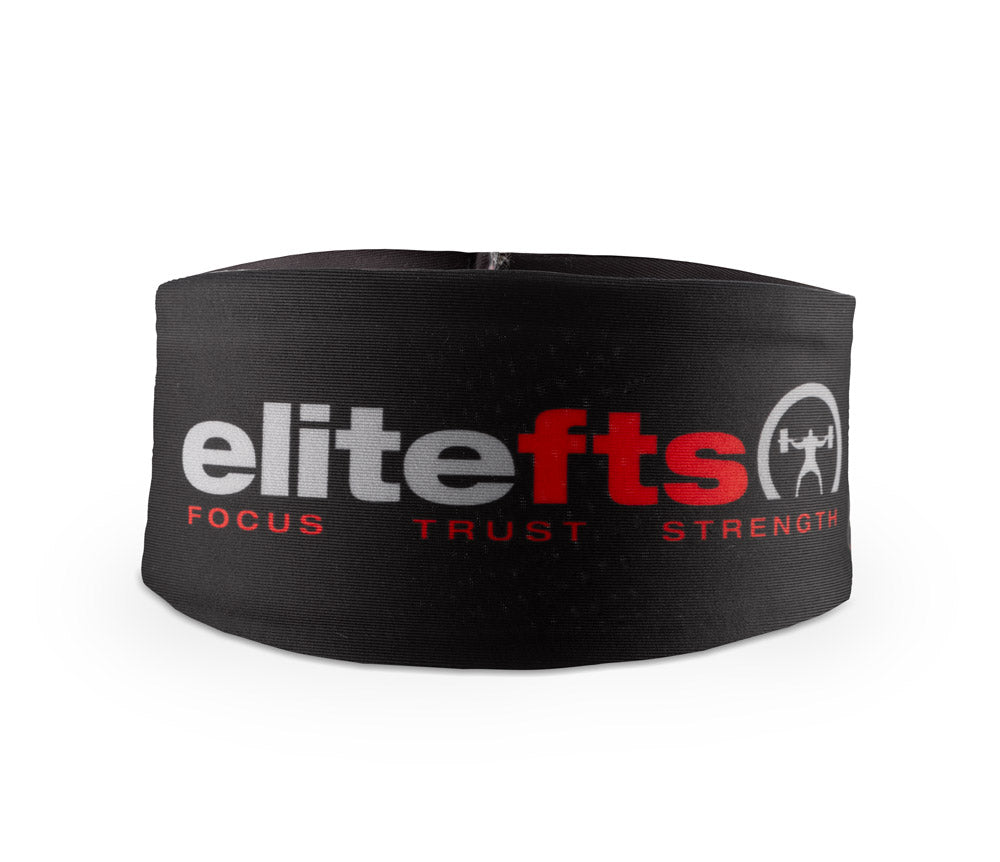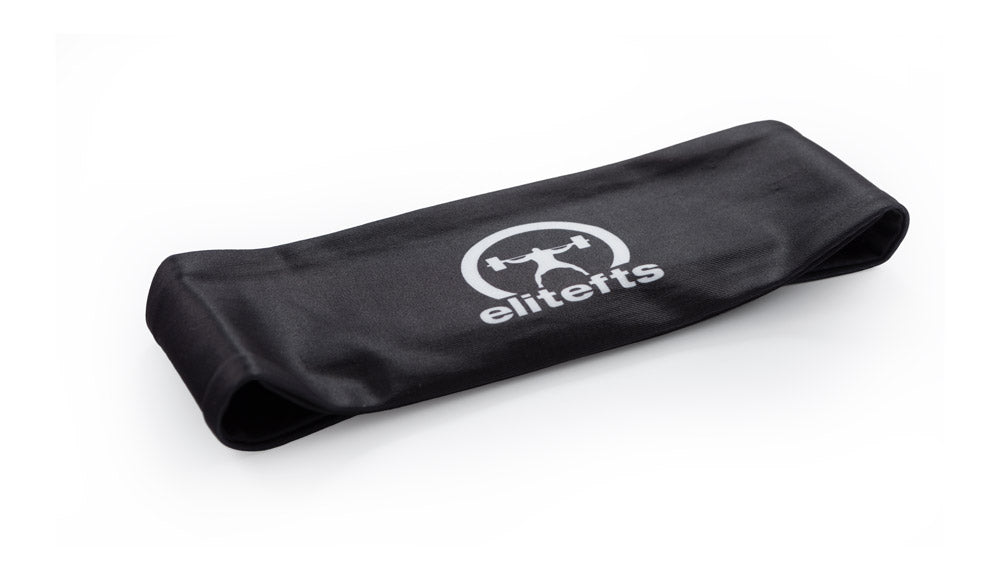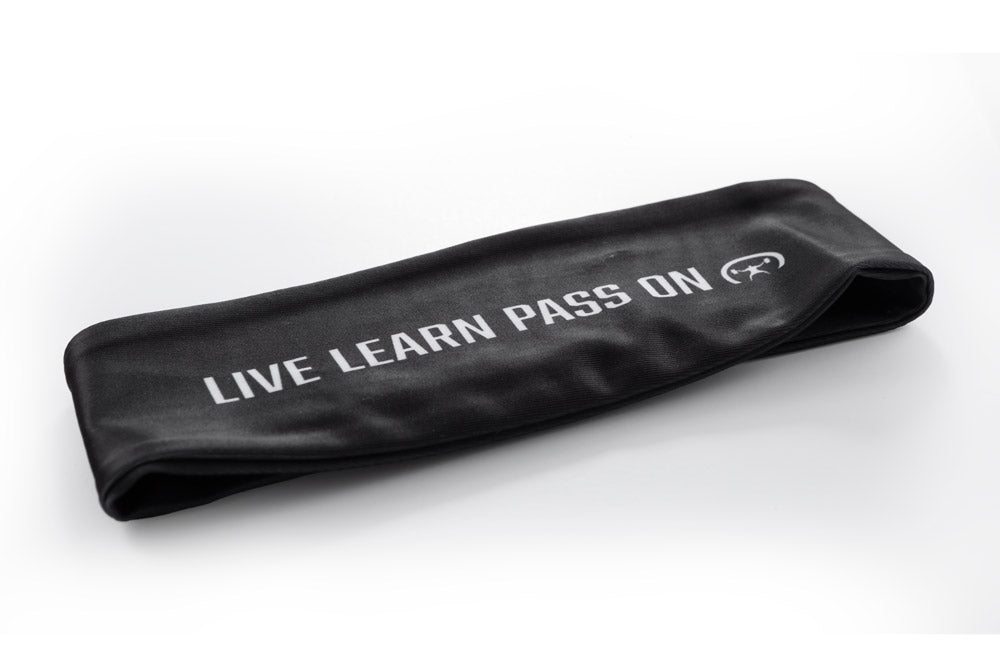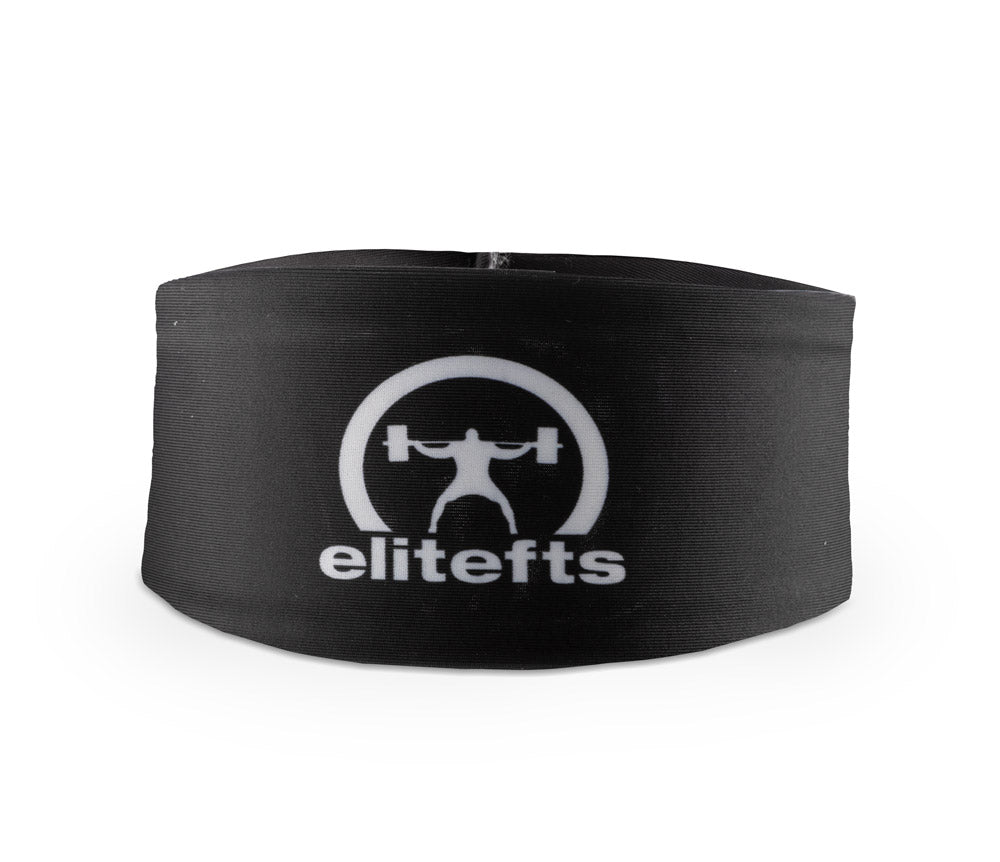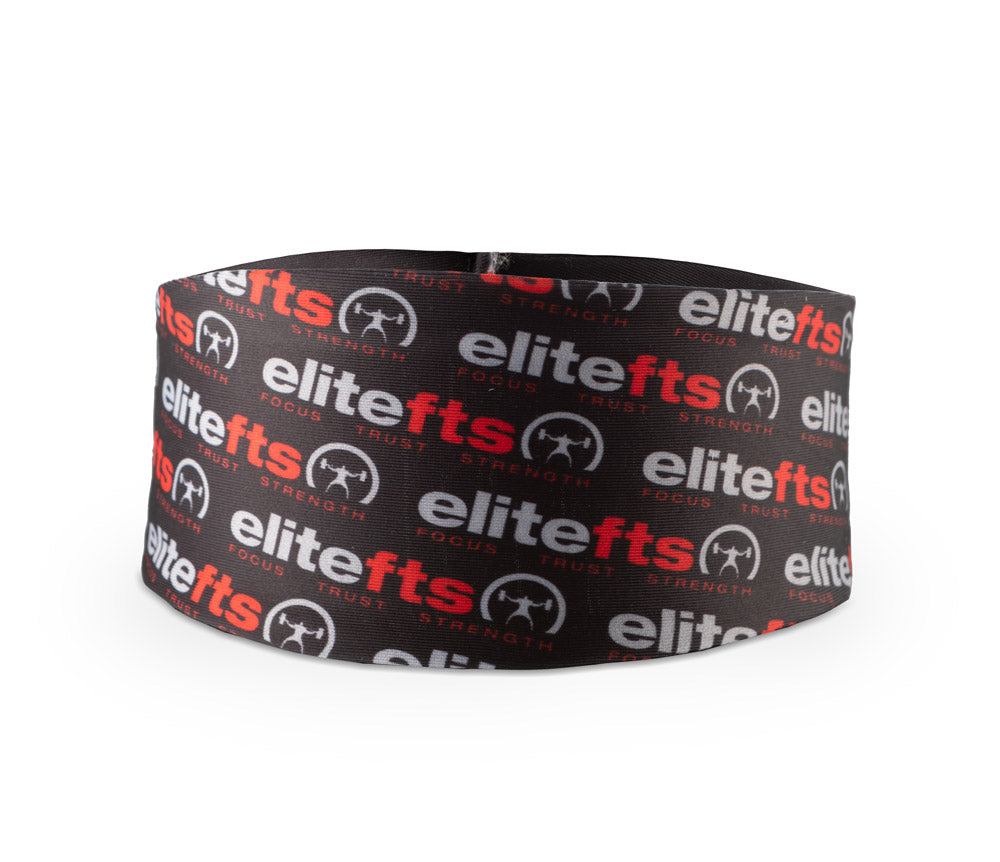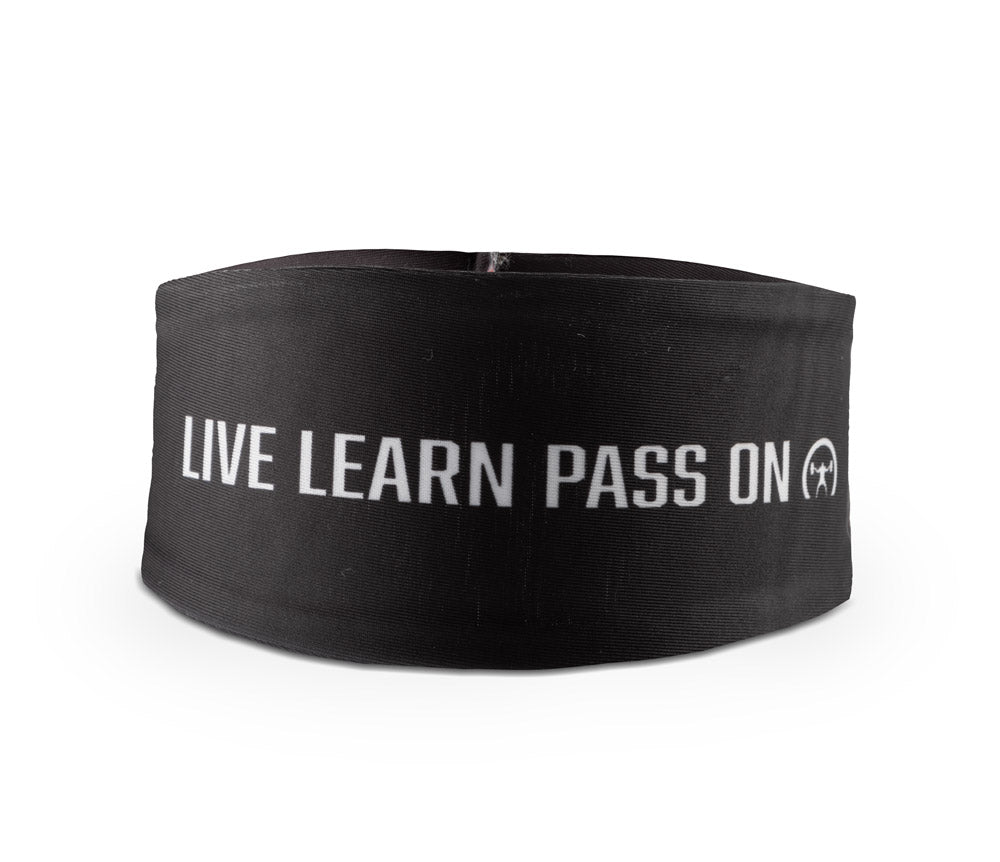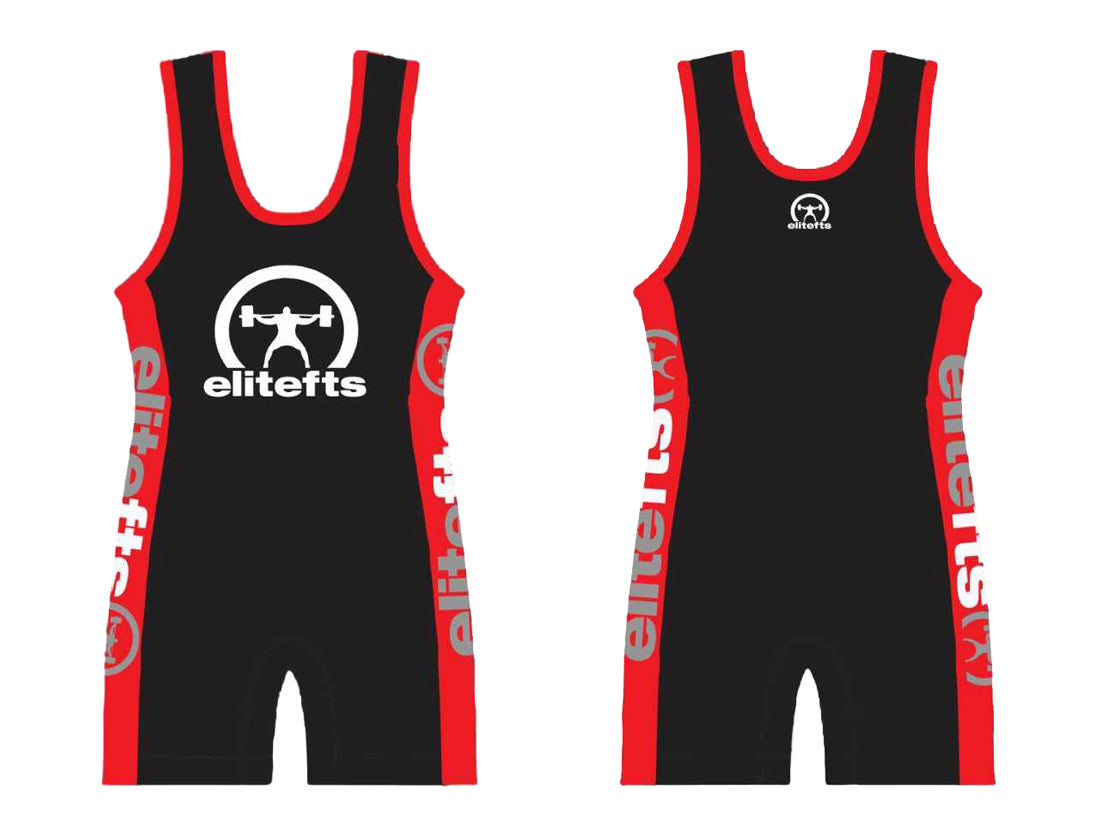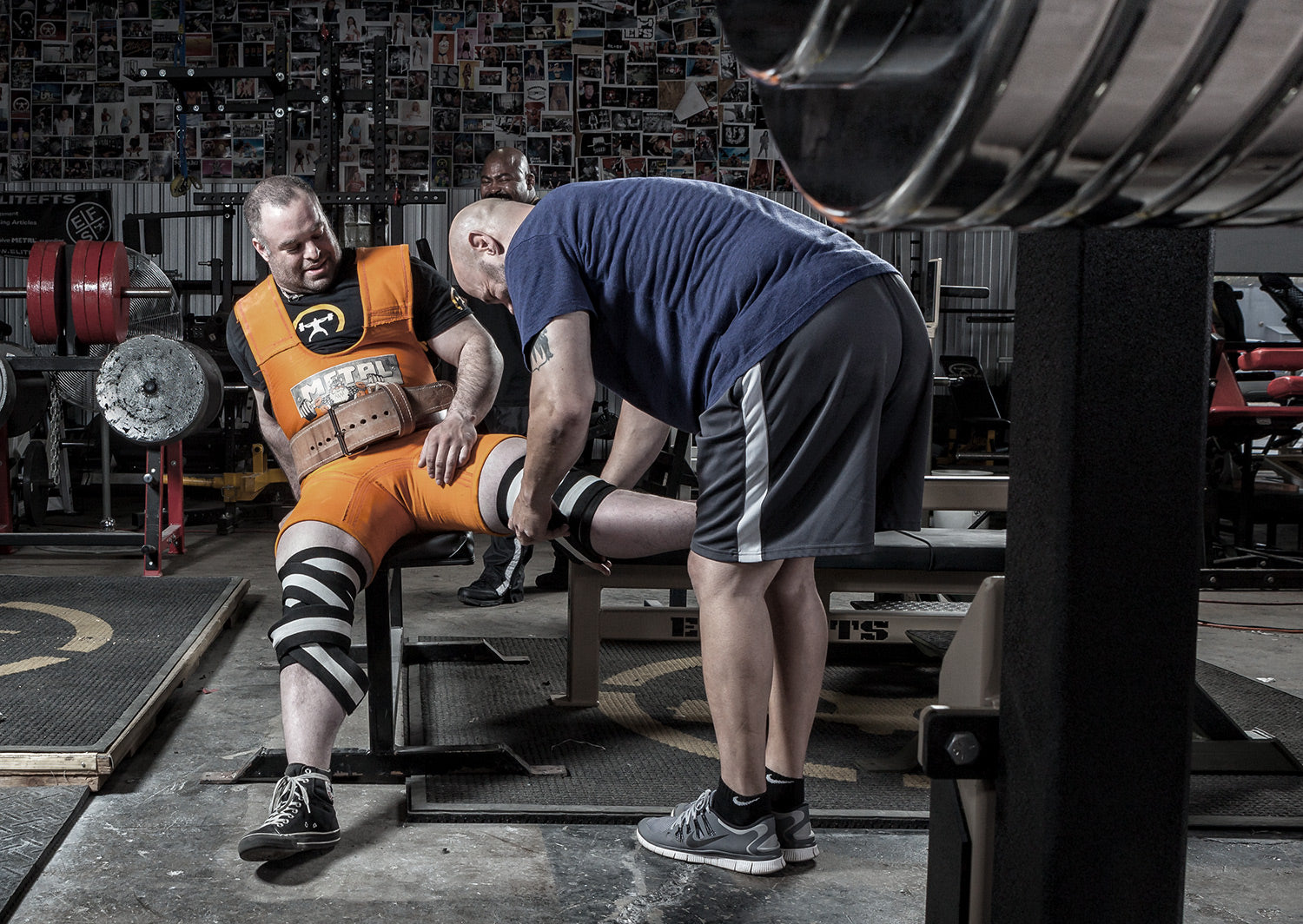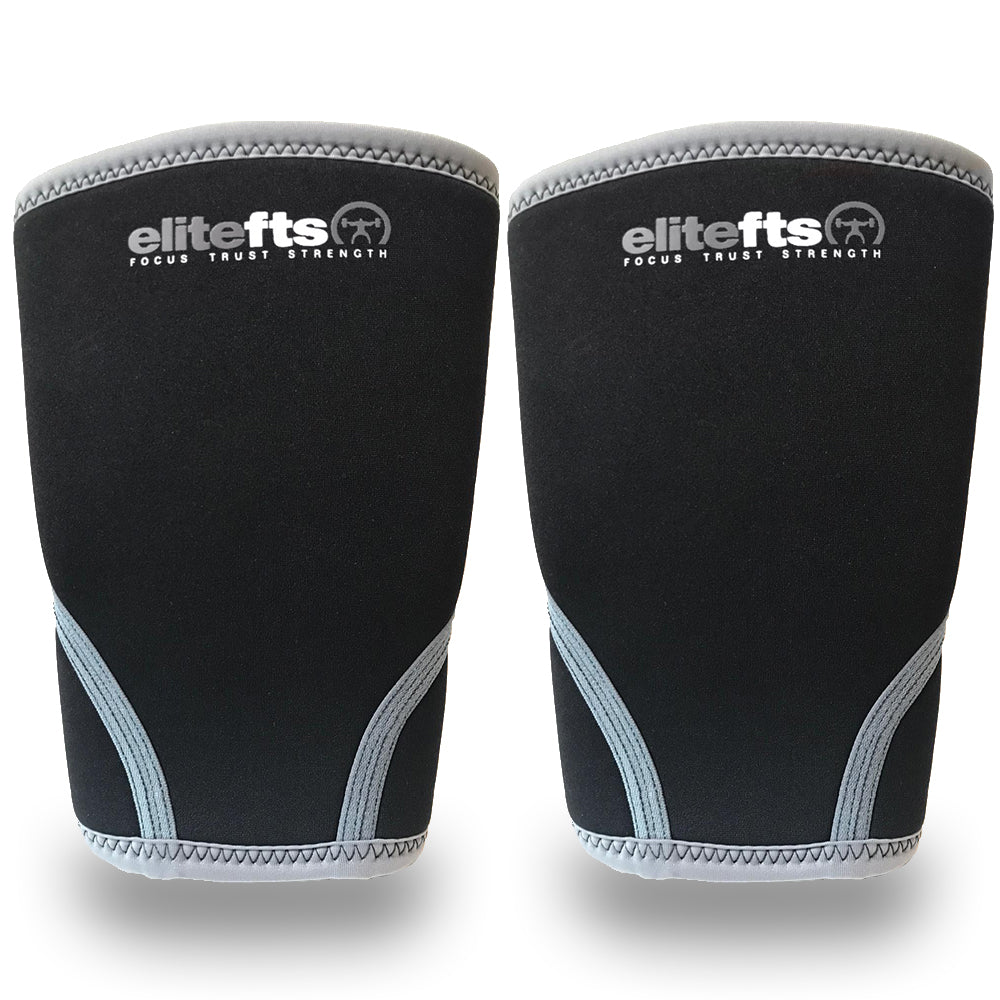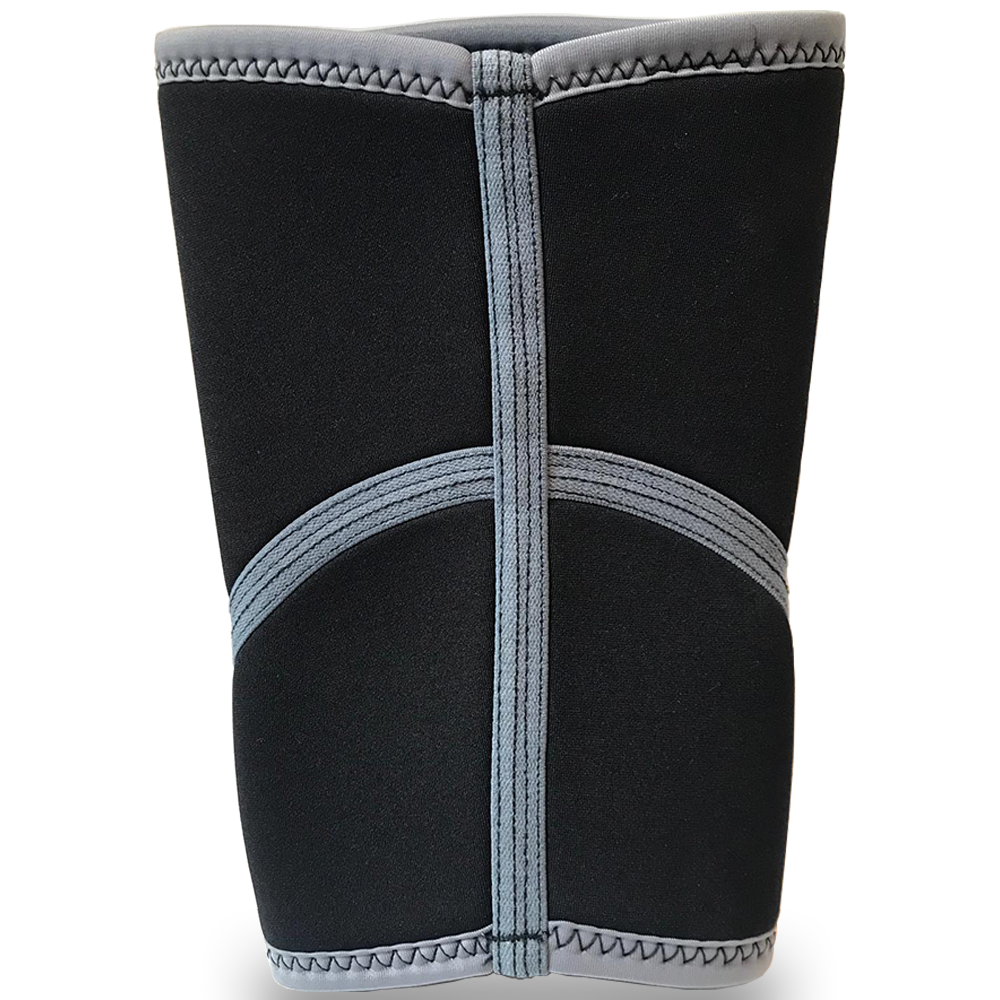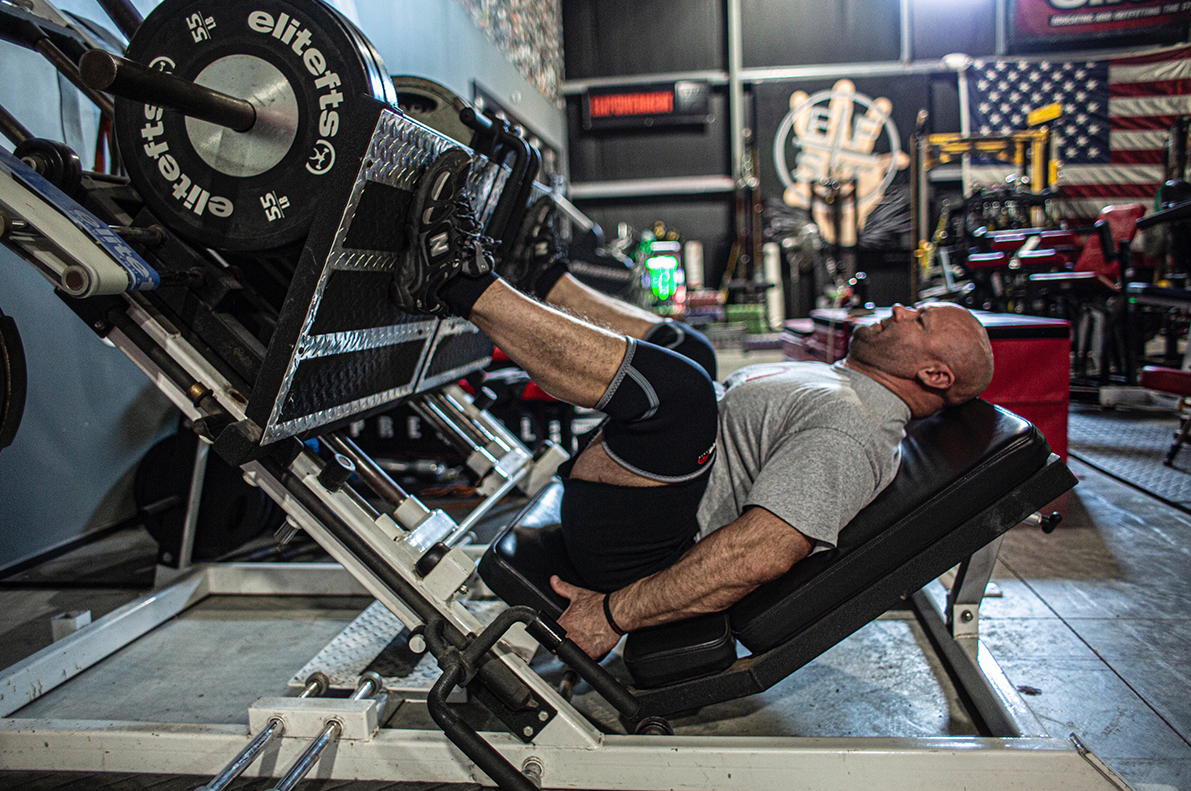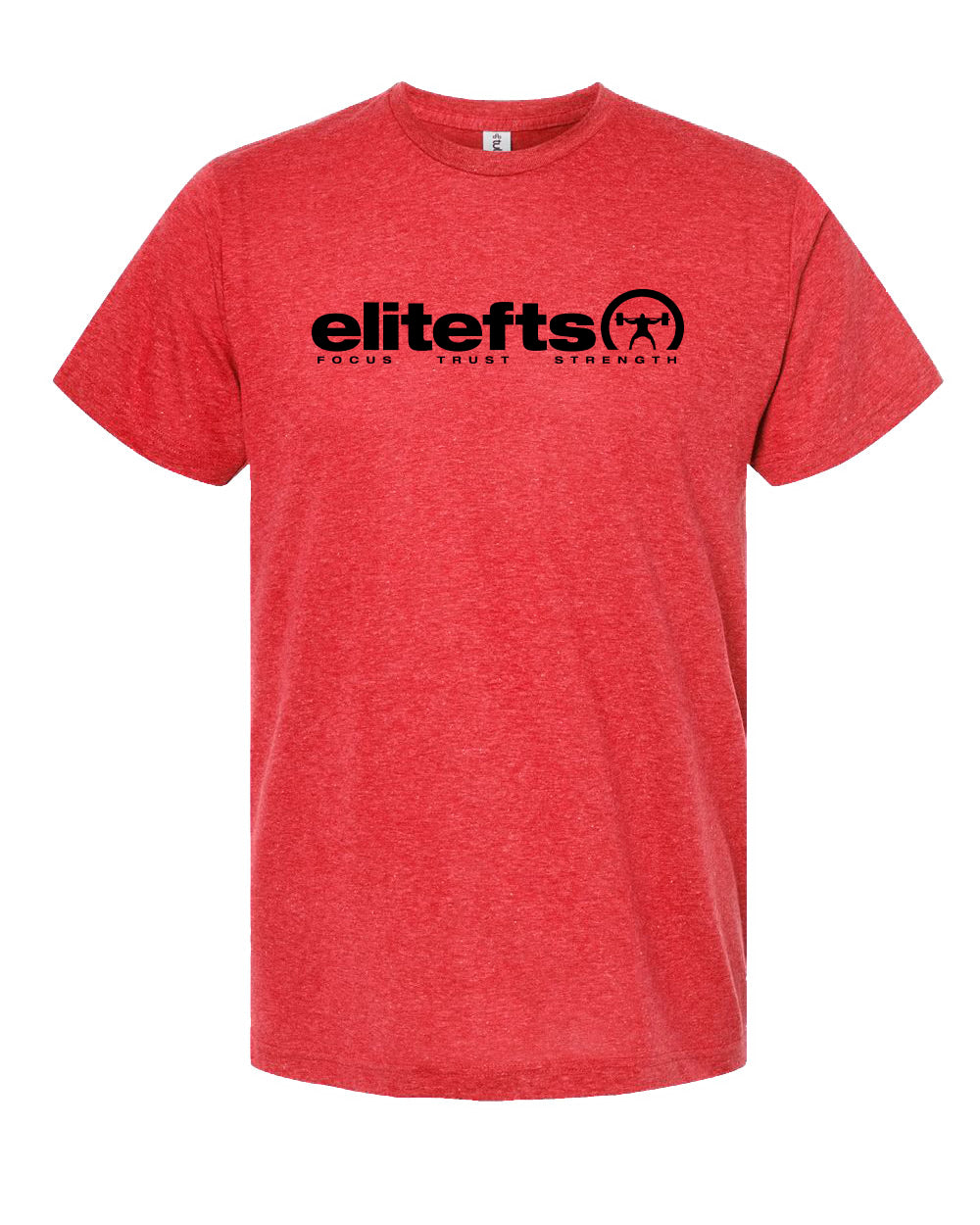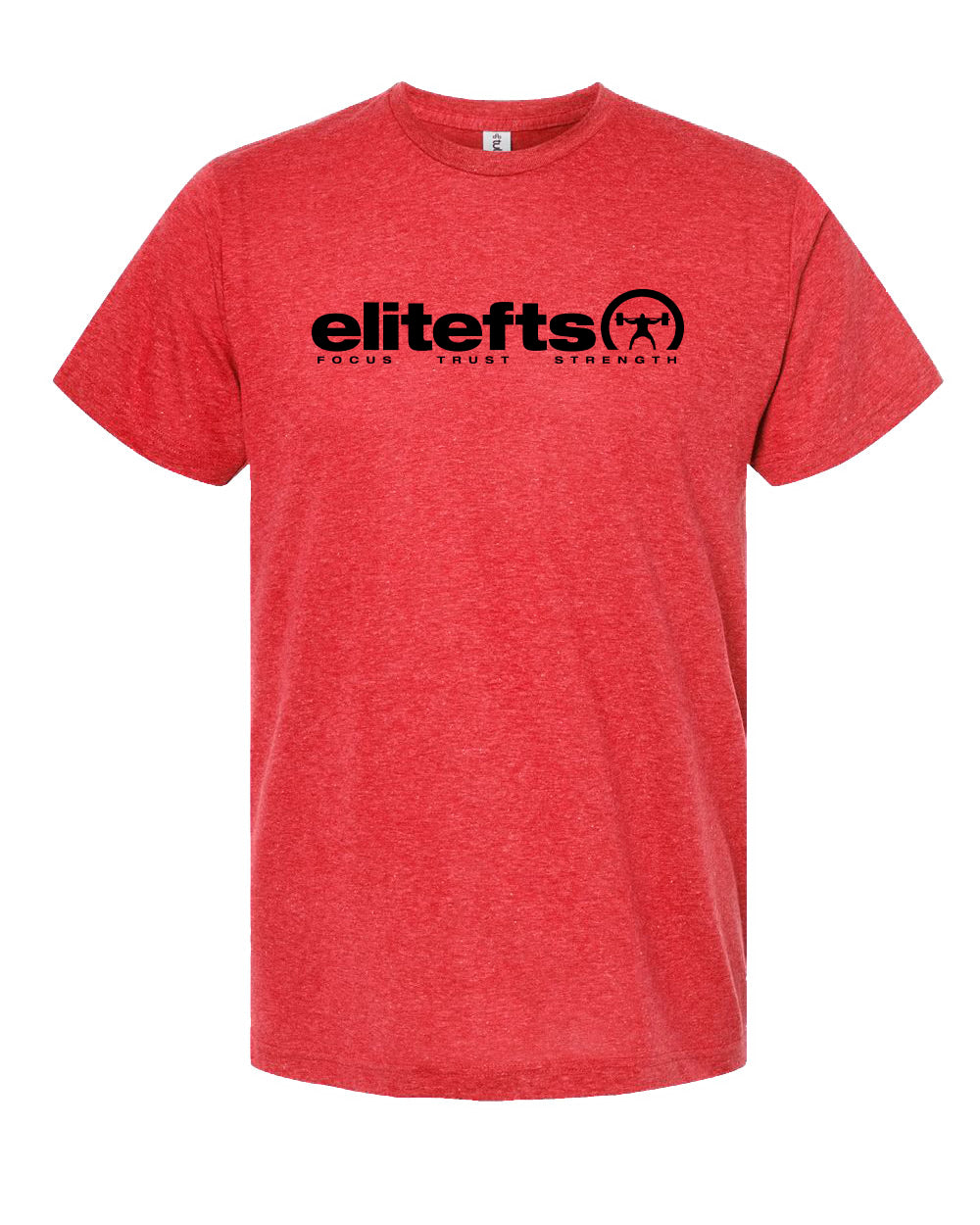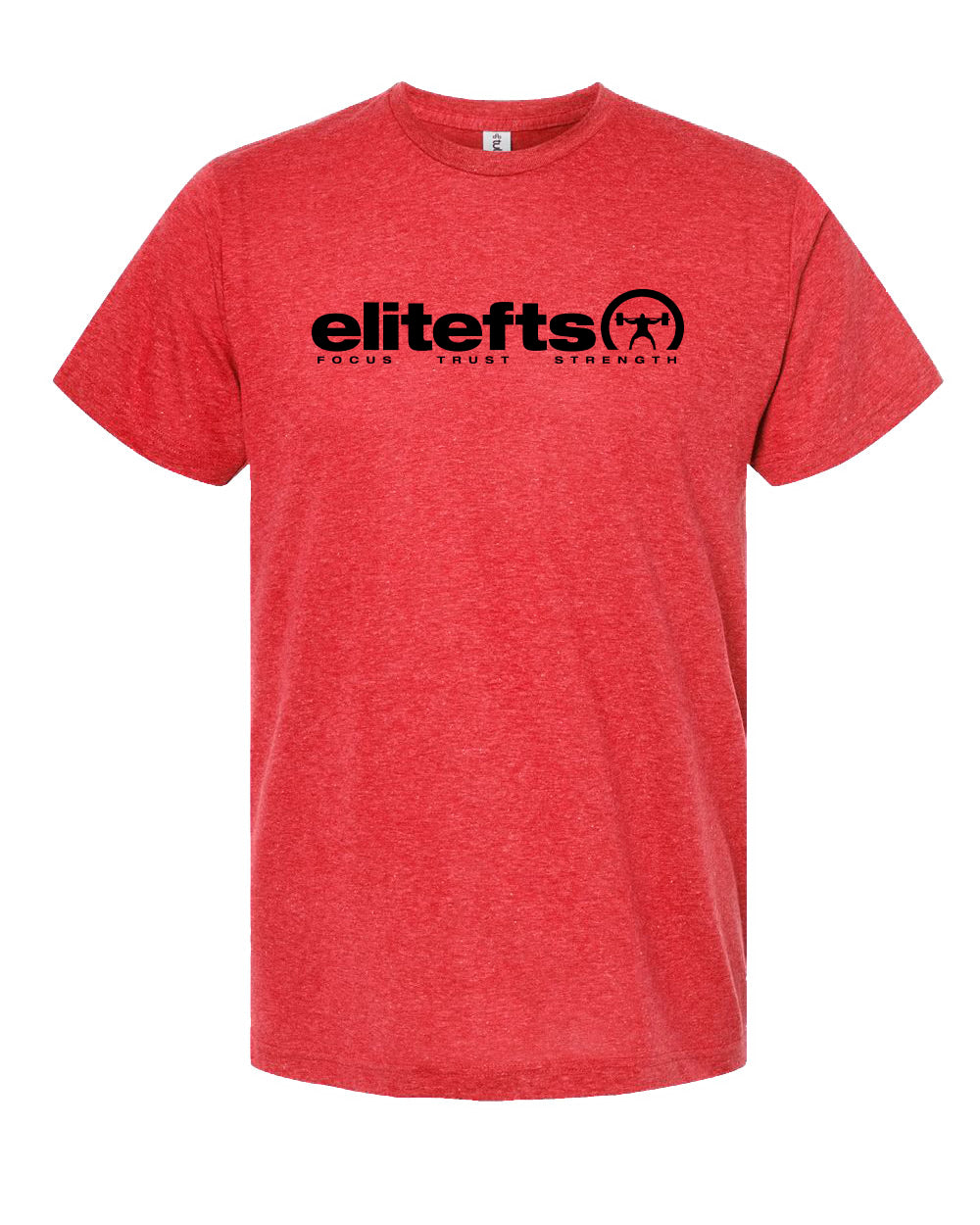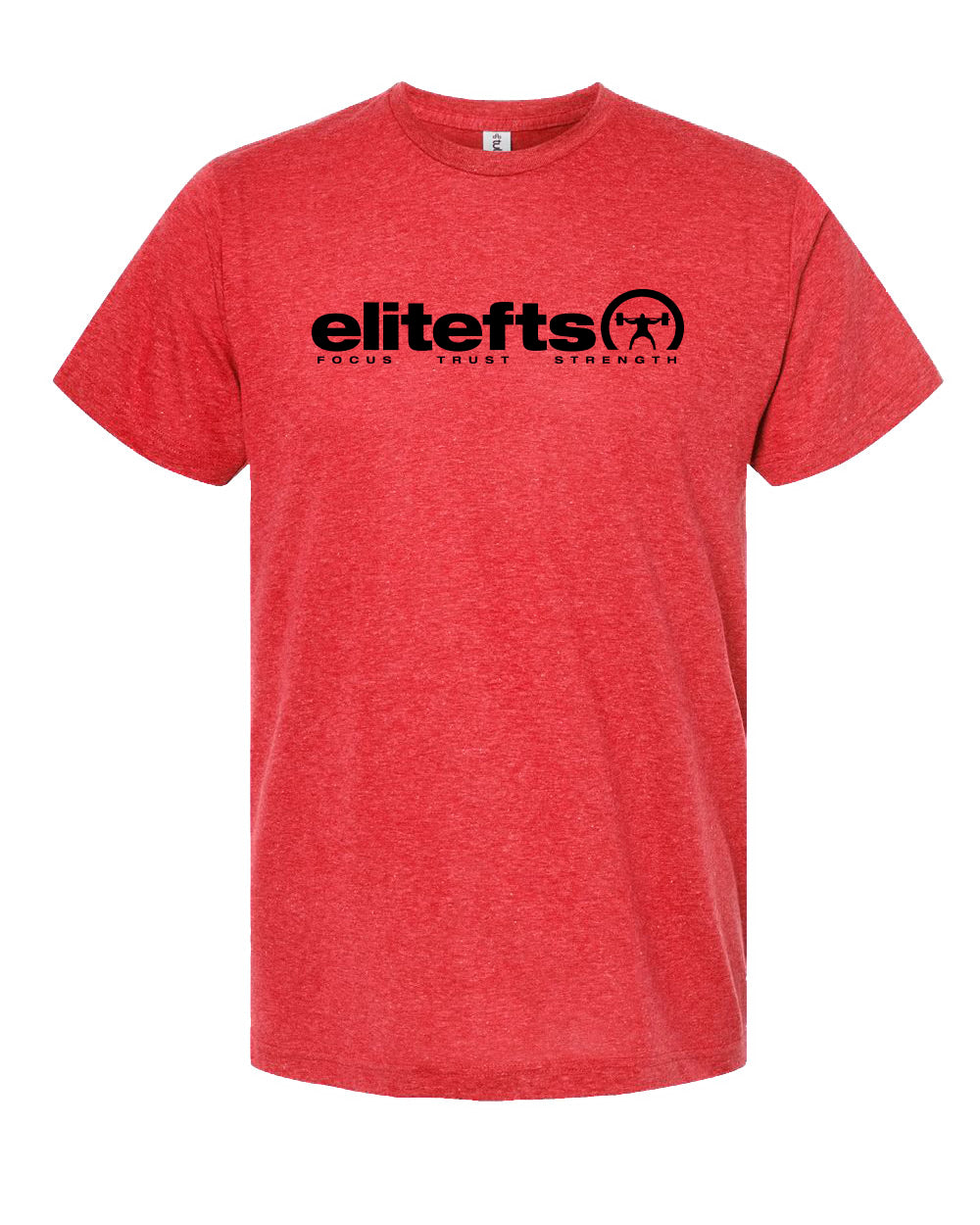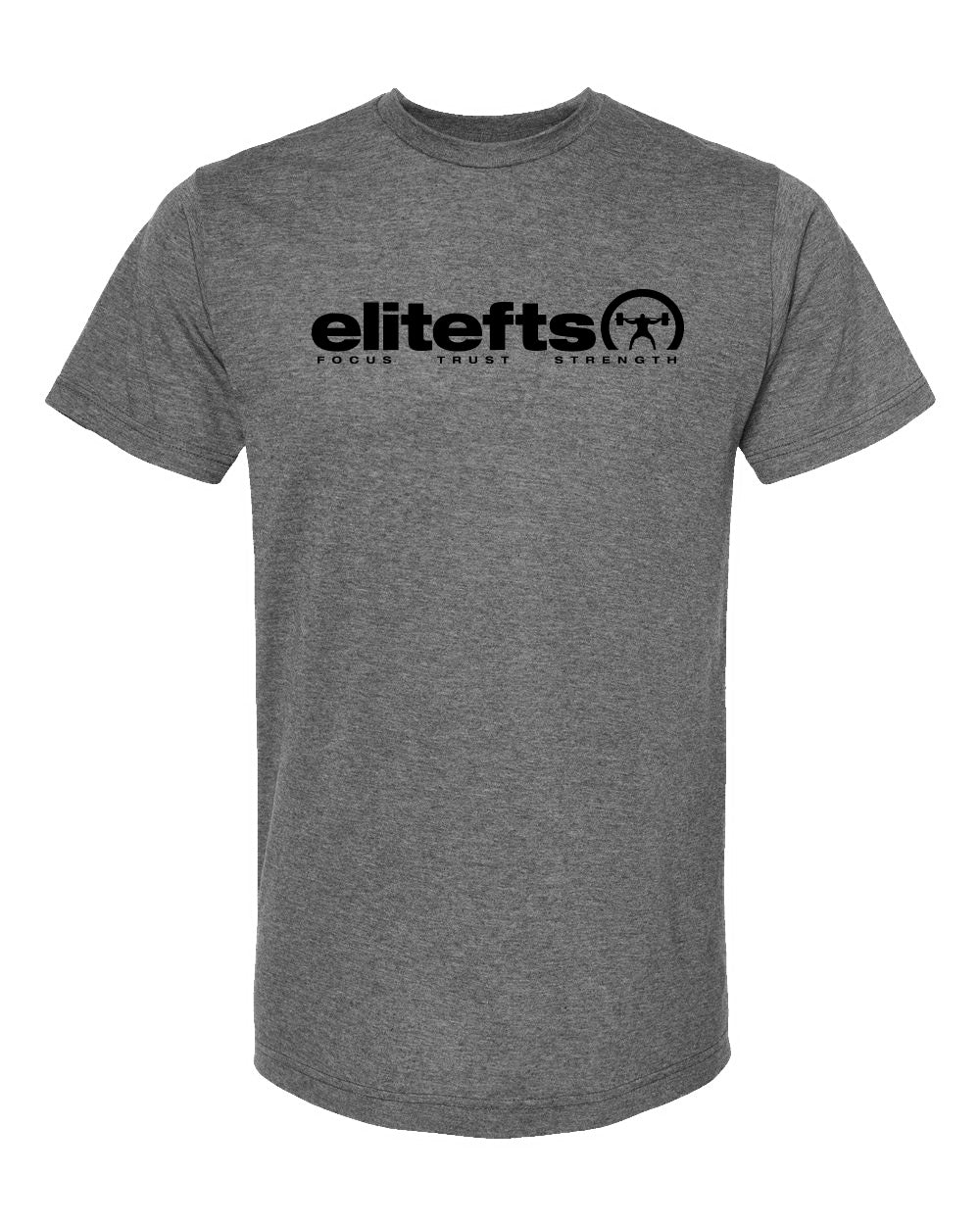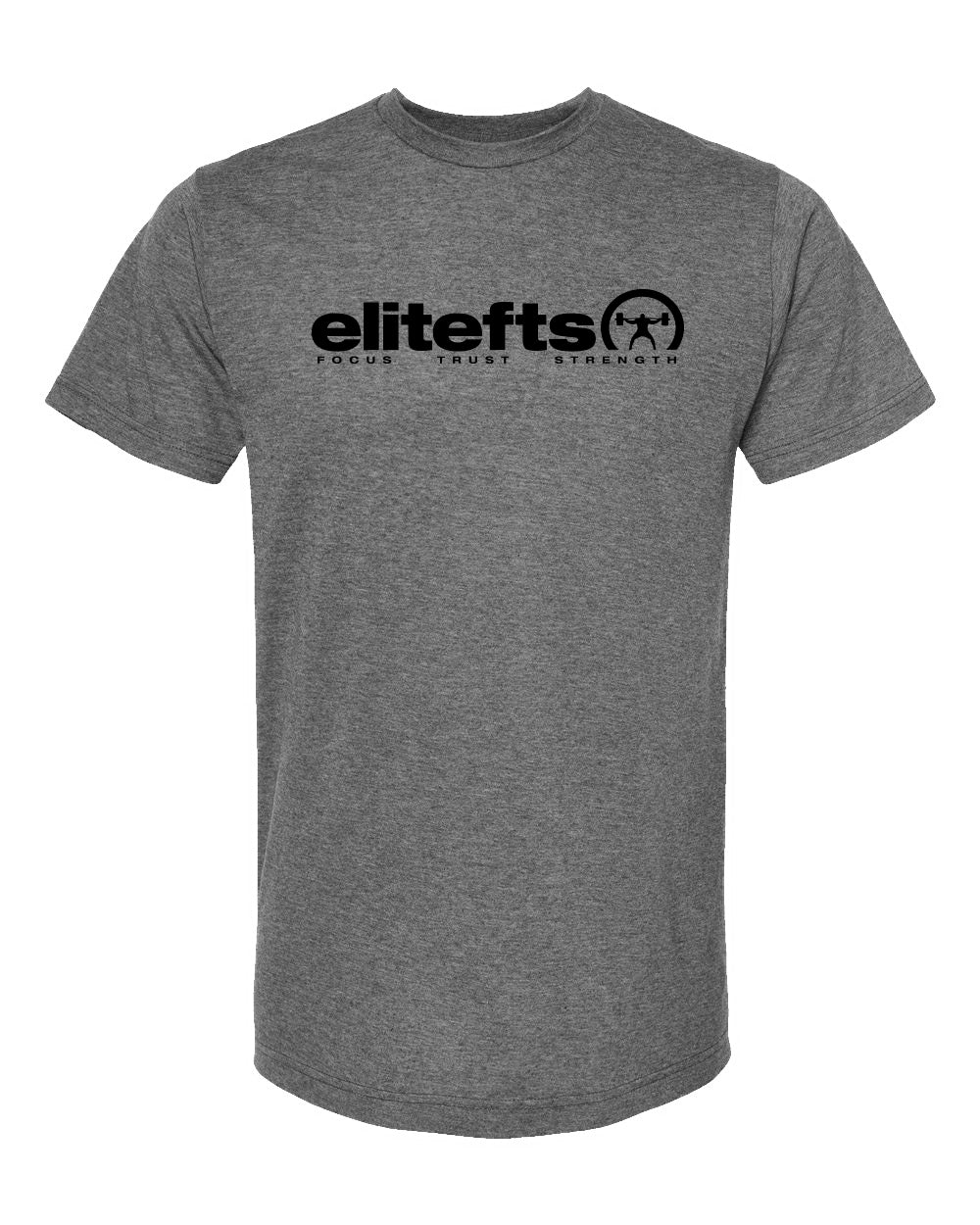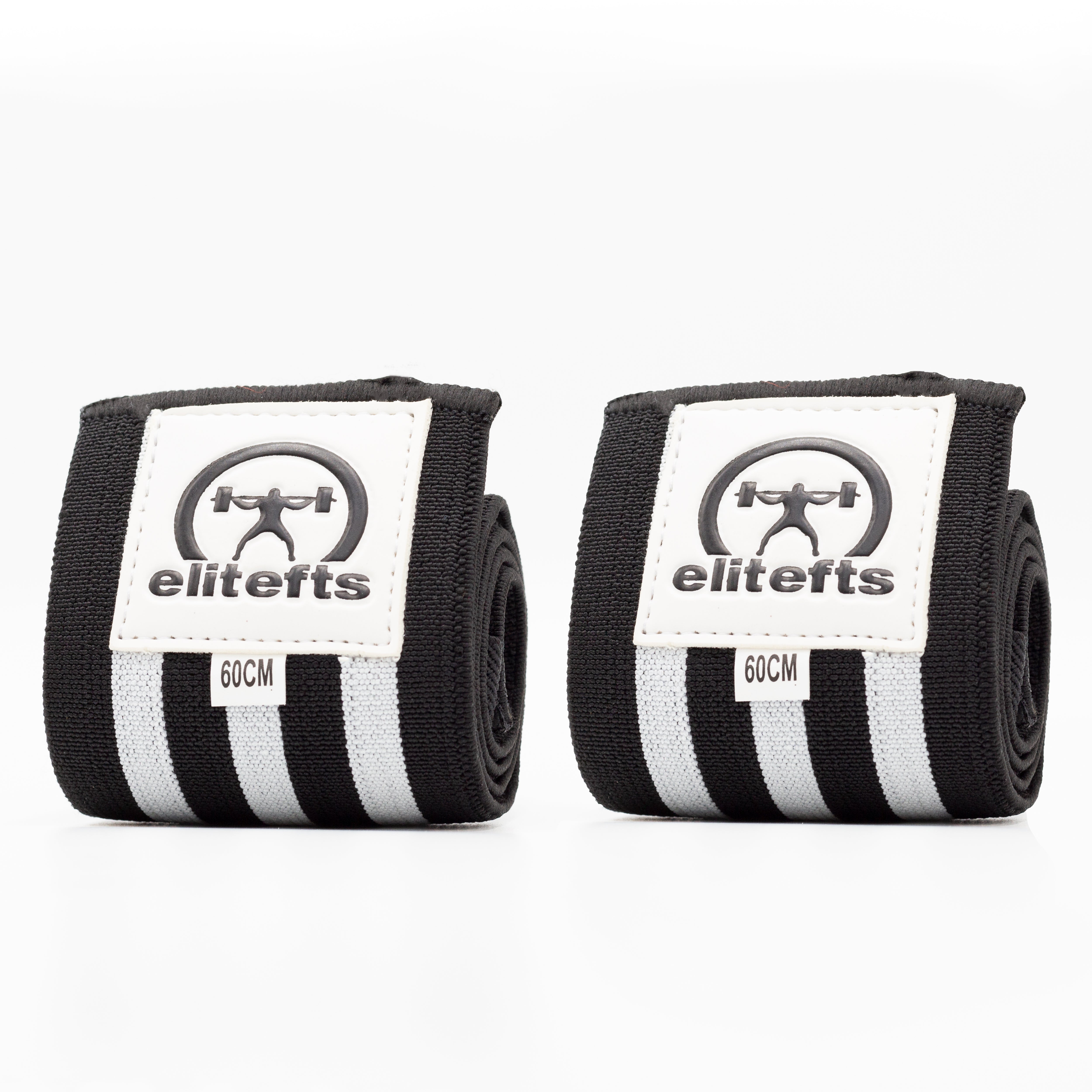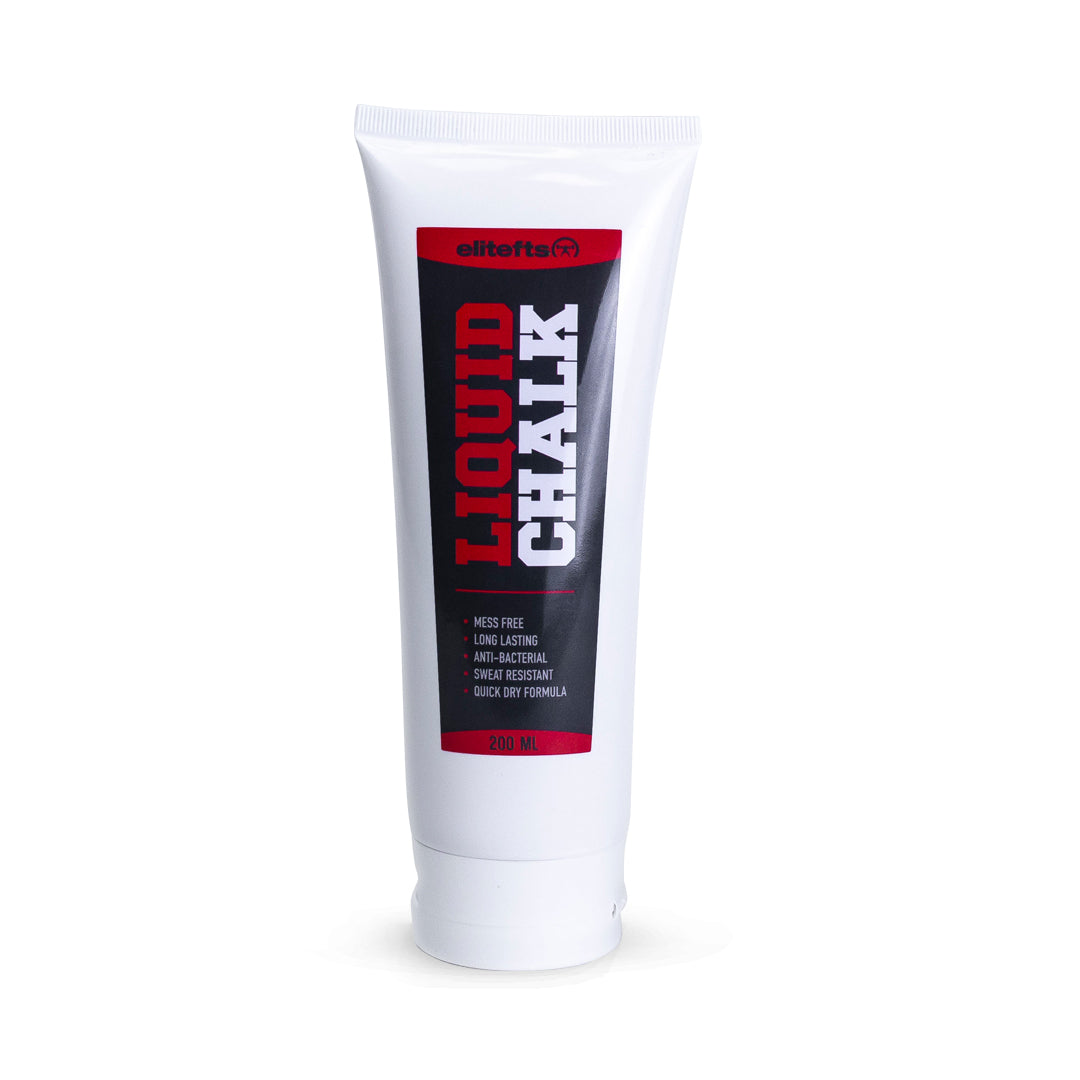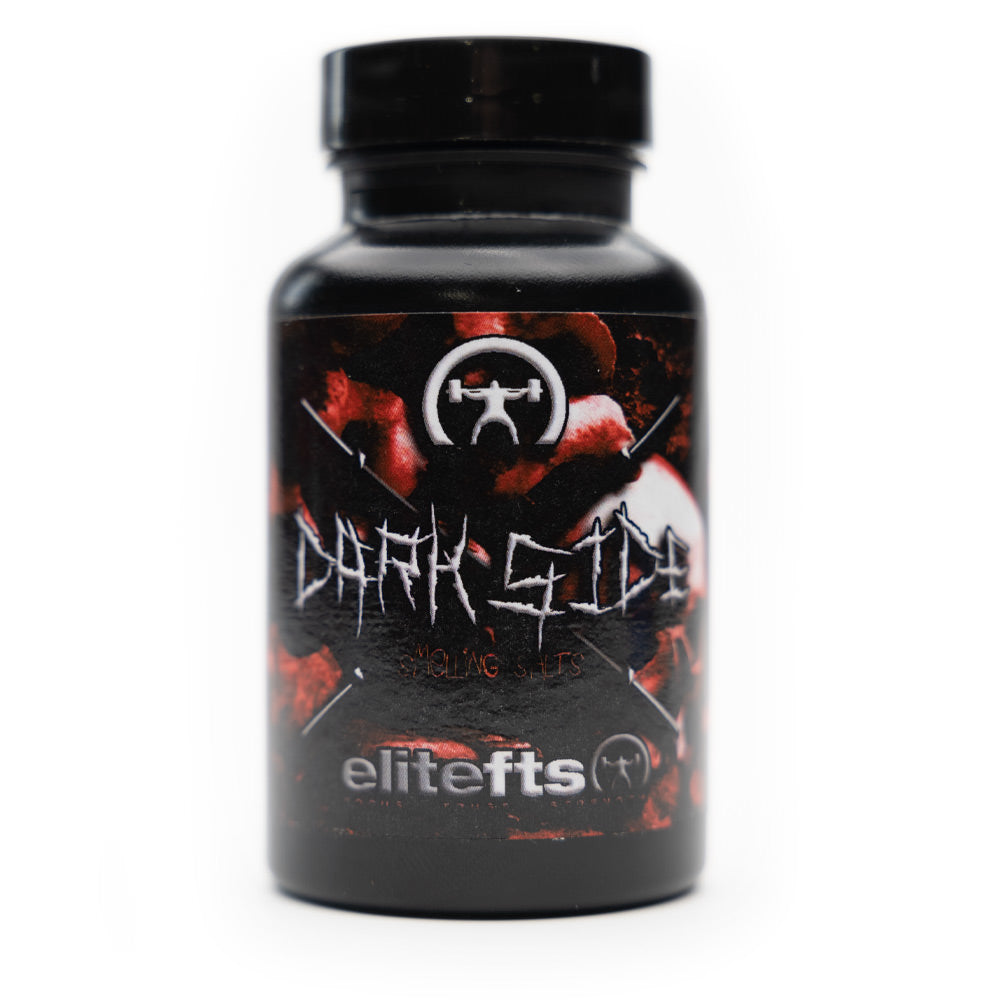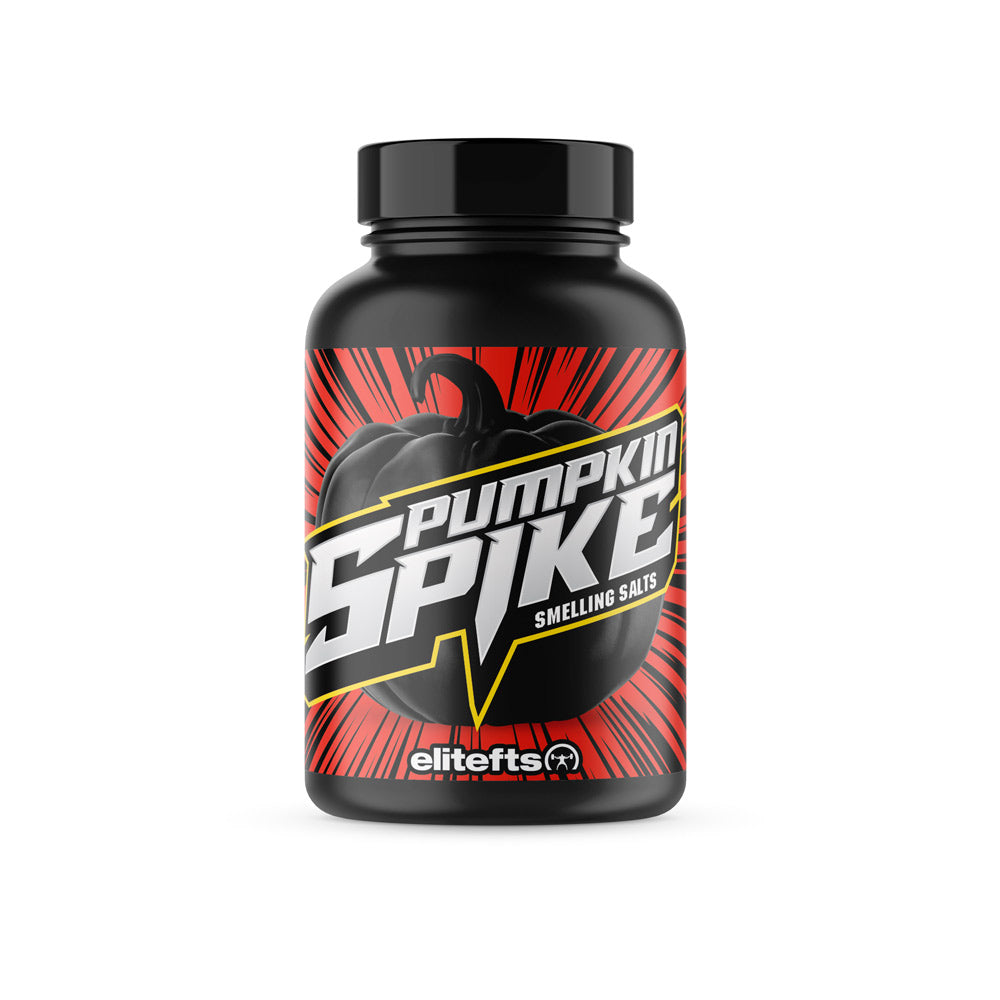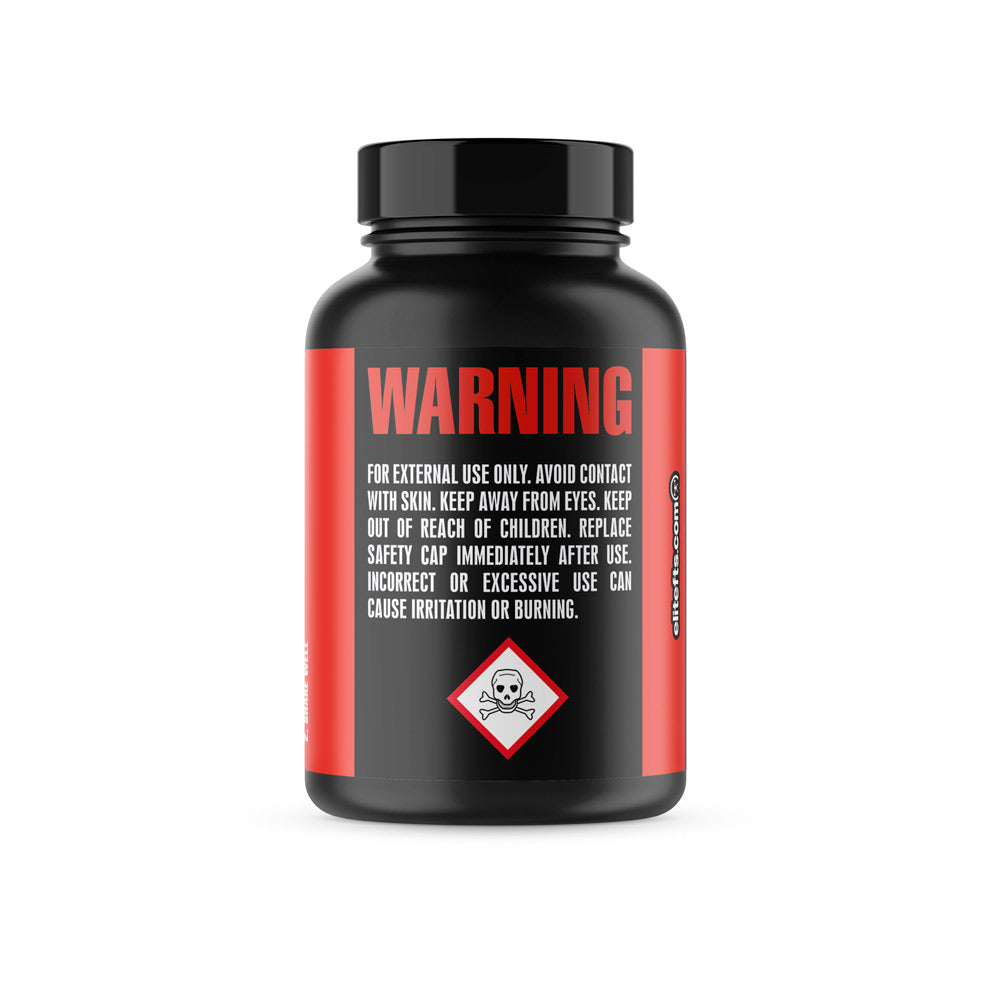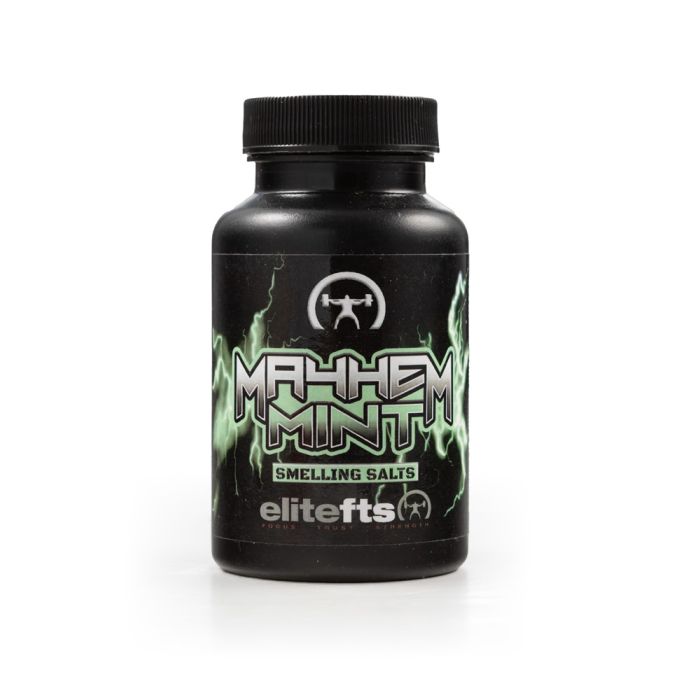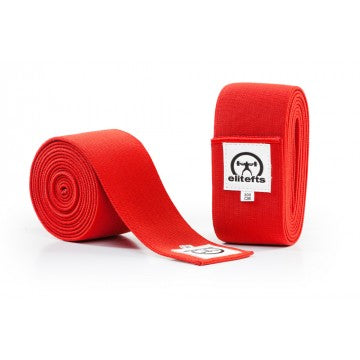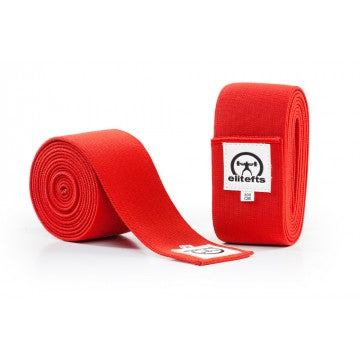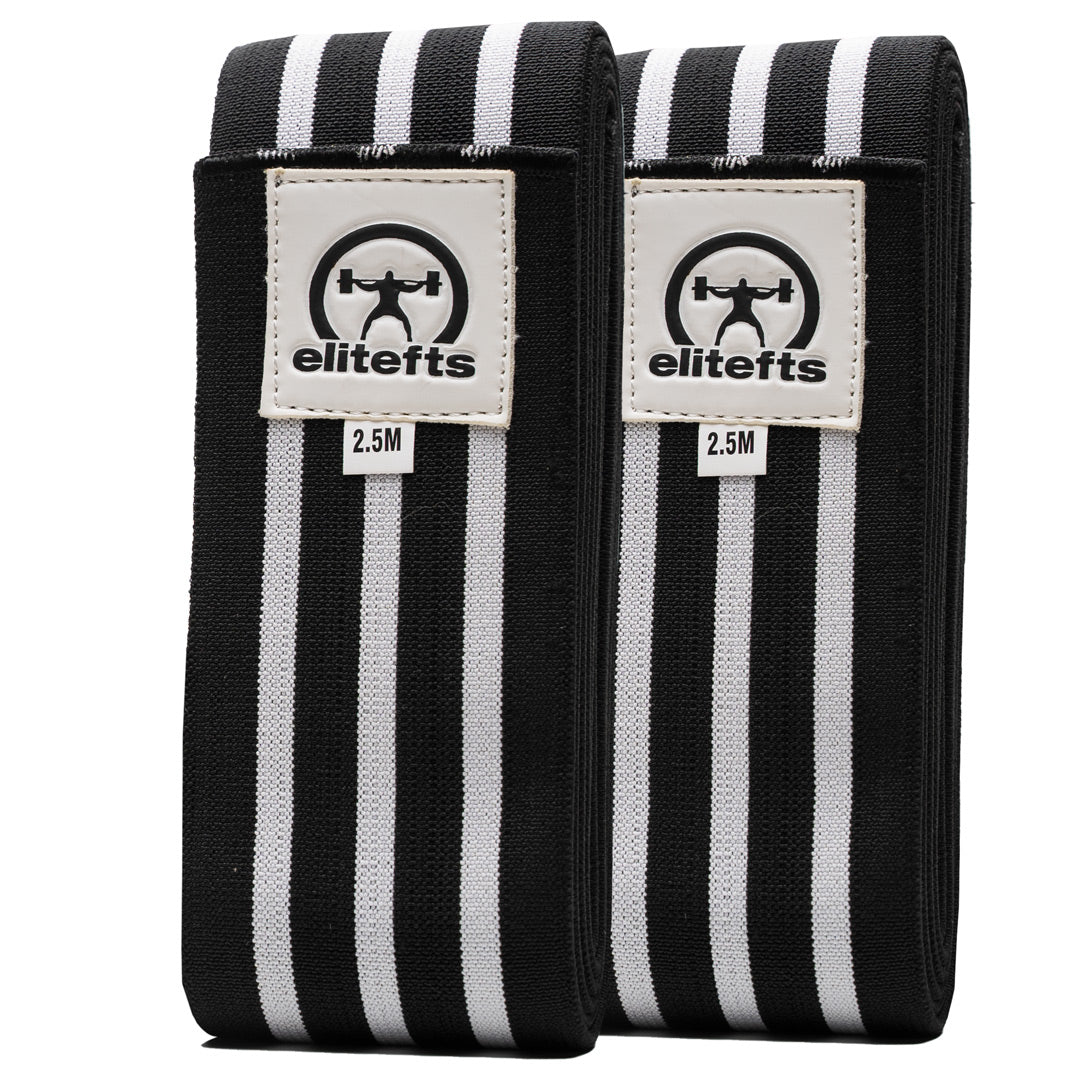Dave Tate's FULL presentation from the LTT8. The topic is supplemental and accessory training for powerlifting. This is the entire uncut version:
“I don’t know why everyone makes this so complicated. All you have to do is squat down and stand back up.”
While this simplistic approach may have worked to get the record-holder his brief grasp of notoriety, it did nothing for the hungry teenager trying to get his squat from three plates a side to four or more. I can also confidently state that the record-holder may have gone on to do more had he put more thinking into what it takes to improve a lift. The squat is not just standing up with a weight. It is perfecting technique, correctly programming your training, and choosing the proper supplemental exercises to make your body capable of much more than it is now.Supplemental and accessory exercises are the most misunderstood parts of strength training programming. Actually “misunderstood” is being generous – most guys screw it up beyond recognition.
So, this monster of an article is a must-read. Even if you consider yourself a “seasoned” powerlifter and sport an impressive total, you need to read this. I guarantee it will lead you to question some of your programming decisions, and it may even improve your total or extend your career.
Supplemental 411
Regardless if you train using Block Methods, Western Linear Methods, Undulating, Concurrent, or any another other type of training method, supplemental movements are usually involved. I’d go as far as to say that even those who don’t use supplemental movements per set still train the main lifts in both programmed and supplemental ways. Even if all a lifter does to develop their squat are squats, rarely will they just work up to their work sets of the squat and then call it a day. They’ll typically do a few variations of the movement such as walkouts, pause squats, and use a few different stances. Point being, in one way or another, supplemental and accessory work is a part of all training.First, let’s get our terminology in check. Powerlifting is judged solely by your performance in the squat, deadlift, and bench press. These are your main lifts, your main objective, and your sport. It’s not unlike how a track athlete is judged by his or her time or distance in their respected event. So with the squat, deadlift, and bench press at the top of the food chain, the supplemental and accessory lifts are intended to increase those lifts, or what we’ll call the “Strength of the Sport Skill.” With that in mind, there are two schools of thought:
1. Train the main lift to develop the main lift. “To get a bigger squat, you gotta squat. To get a bigger deadlift, you gotta pull. To get a better bench press, you gotta bench.” The big lifts are the focus and appear throughout the training cycle. What changes is the volume and intensity.
2. Find the weak point in the lift and strengthen it. This in turn will strengthen the big lift. The main lift may not even a part of the routine, but improving it is always the objective.
Both approaches are right. However, even those who live by #1 still do other exercises -- they just keep their focus on the big lift. And guys who follow approach #2 still do the main lifts too.
NOTE: Both methods agree that the technical aspects of the competitive lifts must be trained, even those who fall more in line with #2. Fact is, many times the lifts and techniques used to address weak points are being used to correct technique as much as develop strength.
Periodization Problems
But most periodization models only target the main lifts. The supplemental and accessory training gets a throwaway recommendation like “3 x 10-15” or nothing at all. I’ve seen coaches and lifters spend hours creating elaborate schemes to train and cycle the competitive lifts and almost no thought on the supplemental and accessory movements whatsoever.From what I see these movements are being selected based on what they see their favorite lifter doing. These movements work much the same as business fads. Years back it was the close-grip bench press and stiff-leg deadlift, then the JM press and good morning came in vogue. Today the dead press and front squat are the rage.
Needless to say, it would be much more effective to make choices based on your own training, strengths, and weaknesses. To make this process easier to follow, let’s step back and move forward at the same time. Here’s a template explaining how I define and organize it all myself:
The Lifting Template
Competitive Lifts: Squat, Bench Press, DeadliftGoal: To increase Competitive Max (CM)
Main Lifts: These can be known as the builders, core lifts, basic lifts, etc. These are the lifts the entire program is built around. For most programs it will be the squat, bench press, and deadlift, in others special exercises in the form of max effort movements may be used.
Finally, for those who aren’t competitive lifters, these lifts can be anything the lifter or coach feels has the highest dynamic correspondence (carry over) to the competitive lifts. To illustrate the last example, if I was working with a coach on how to better his/her own training philosophy, I’d first ask what 3-5 movements they feel carry over the most to the sport they’re working with. Whatever their answer is would replace the squat, bench, and deadlift as the competitive lifts.
Supplemental Lifts: These are movements we feel or know will make the main lifts either stronger or better from a technical standpoint. There may be 1-2 of these per session.
Accessories: These are the lifts that will support, balance, and help build the supplemental lifts.
Rehab/ Prehab: While I can’t stand this term it’s what most will understand. These are those things we need to do to stay healthy, recovering well, and keeping our conditioning in line with the goals of the program.
Personally, I never based my training off my bench press CM because I used a bench shirt and my carry over could be (and was) all over the map. I’ve had meets where I benched 610 knowing full well I couldn’t bench 450 raw. I had other meets where I benched 540 raw in training and missed 575 at the meet with a shirt. My average carryover was around 10% so I used this as a general guideline. In my later years, I did add technical work with the shirt. This wasn’t an easy thing to do (still isn’t) and is best left for another article. What I did know is without fail my floor press was always 90% of my best raw bench, my close-grip incline press 65% of my best raw bench, and my 2-board press was 92% of my best raw bench. These were also the movements I knew that when they went up, my bench went up.
In short, these were my builders (main Lifts). As such they were part of my max effort rotation and the closer to the meet, the more they rotated in. Once these movements were trained I’d move onto my supplementary movements. These were selected based on what I knew would build my floor press, 2-board press, and close-grip incline. Since I already knew those movements had the greatest correspondence to my competitive lifts, why would I not train to make them better?
For me these were JM presses on the floor with weight and chains (60% bar weight and then keep adding chain for two max sets of 5 reps), rolling dumbbell extensions on the floor, elbows-out triceps extensions (lying back, upper back braced on GHR pad), and stability ball dumbbell presses with my hips low. I rotated these movements in and out to keep from going stale on any of them. After the supplemental movements I’d look at what’s been done and determine what I needed to do to balance this work out, the accessory movements.
Considering all the pressing and extensions I was doing I’d choose movements such as hammer curls, face pulls, reverse-band pulldowns, chest-supported rows, and some light shoulder work. These were also rotated based on how I felt and how my training was going.
Finally, there was the shit I had to do. With pre-existing pec and shoulder issues, I did a lot of very high-rep reverse band presses (weight zero on chest and reps of 100). I also did internal and external shoulder rotation movements. While the damage was done, these were things I had to do to keep things from getting even worse -- or at least slowing down when they would get worse. When it was all said and done there were 4-5 movements.
Sample Session #1
MAIN LIFT: Floor Press – work up to 1 and 3-rep max – Goal: 4 total reps over 90% spread over 2-3 sets)SUPPLEMENTAL: JM floor press with chains – work up to 60% of my perceived max (pm) for the JM press on the floor (what I think I could’ve done for one rep). At this point start adding one chain per side for triples until I could no longer do 3 reps.
ACCESSORY: Hammer curls – 3 sets x 10 reps, Face Pulls – 3 sets x 10 reps
Rehab/ Prehab: Upper body sled work for shoulders (no eccentric) – 4 trips x 20 reps
Keep in mind I trained using a concurrent method so here’s another example using a different method (linear periodization).
Sample Session #2
MAIN LIFT: Squats – work up to 80% for 2 sets x 3 repsSUPPLEMENTAL: Front Squats – 4-5 sets x 3-5 reps
ACCESSORY: Weighted Back Raises – 3 sets x 10 reps
Rehab/ Prehab: Forward and backward sled drags – 2 trips each.
Let’s break these down further:
1. Main Lifts – Builders
These are the exercises that build the squat, bench, or deadlift. Builders can vary between lifters, but if you lift long enough you’ll figure out what yours are. Ever notice something like, “Whenever my incline dumbbell press goes up, my bench press goes up?” That’s one of your builders. Close-grip floor presses and 2-board presses were my builders. When these were going up, I knew my bench was going up accordingly. A “gotta train your weaknesses guy” will have builders on max effort days (for example, close-grip incline bench) or speed day (box squats).However, even a “just train the lifts” that only use the repetition method (basic sets and reps) will notice stuff like “whenever my close-stance front squat goes up, my back squat goes up.” Therefore, keep in mind that builders have:
• Direct carryover to the main lift.
• Flexibility to be Max Effort, Dynamic Effort, or Repetition Method.
• Identical movement patterns as the technical movement, though may have higher dynamic correspondence to actual lift.
Main lifts should rotate (somewhat) every couple weeks. Switching from wide-stance squats to close-stance squats, or from box squats to no box squats are examples. That said, even a subtle change -- like from a finger inside the ring on the bench press to a finger outside the ring -- can pay dividends. It makes very little difference to the mechanics of the movement, but it makes a huge difference in terms of joint wear and tear. This is important, as the builder lifts are the ones that inflict the most wear and tear. If you’re using the competitive lifts as main lifts they won’t change every few weeks (except for the intensity, sets, and reps; those usually do change weekly), however, it’s worth looking into the value specialty bars can have. Two advantages are the change in total workload and movement mechanics.
To illustrate the workload effect, it won’t take long for you to figure out that your max with a yoke bar will be lower than your max with a straight bar. Let’s assume your max squat is 350 pounds and your max yoke squat is 300. If you did a three-week wave of 8 sets of 2 reps it might look like this:
Week 1 – 50% or 150 pounds (150 x 2) x 8 = 2400 pounds
Week 2 – 55% or 165 pounds (165 x 2) x 8 = 2640 pounds
Week 3 – 60% or 180 pounds (180 x 2) x 8 = 2880 pounds
Straight Bar
Week 1 – 50% or 175 pounds (175 x 2) x 8 = 2800 pounds
Week 2 – 55% or 190 pounds (190 x 2) x 8 = 3040 pounds
Week 3 – 60% or 210 pounds (210 x 2) x 8 = 3360 pounds
Notice the intensity (the percentage of your one-rep max) is the same in both cycles -- 50, 55, and 60% -- but the end workload is much higher with the straight bar, almost 17% higher? While this is more of an intermediate to advanced technique it’s still worth looking into, especially when the movement patterns are almost identical. For example, if you feel beat up but don’t have the time (due to meet planning) to back off, just switching the bar can let you keep your intensity and volume the same while lowering the workload. Another cycle I’ve used different bars with is beginning the deadlift cycle with a fat bar and progressing to a squat bar, bench press bar, and finally a deadlift bar. I’ve also used the bench press with fat bars,
Swiss bars, and straight bars.
The point is, the options are there to look into -- options most people don’t realize. You can search the articles for
Max Effort Method and
Dynamic Effort Methods to dig deeper. Although this article isn’t about how to train the main lifts, it’s important to note that there are many ways to do this.
What I want to make clear is the rules, methods, and ideas for accessories can all be the same regardless of how you setup the training for your main movement.
2. Supplemental lifts
Supplemental lifts are intended to “supplement” the main lifts. Put another way, what builds the front squat and the 2-board press?When choosing supplemental lifts, the key is to figure out where breakdowns are happening. Where are you getting stuck? If it’s just muscular breakdown -- your technique is fine, you’re just weak off the chest/in the mid-range/at lockout, etc. -- then you need to choose supplemental lifts that closely mimic the builder and challenge the spot in the ROM where you’re breaking down. If it’s technical breakdown on the other hand, then you need more movement-based supplement work. Look for an exercise that mimics the builder lift in reverse. So, if you’re getting stuck in a 2-board press, a chest-supported row would be a good supplemental lift. Now focus on making that movement stronger.
Supplemental lifts also help stabilize the builders or absorb more force. The safety bar low box squat is an example as it forces you to keep your back tight in the squat. Remember, you must first be able to stabilize force and then absorb force before you can produce force. Don’t always think your weak point is due to the “produce force” part -- many times this isn’t the case.
Supplemental lifts may not be as important as builders in that they don’t correlate as strongly to performance in the main lift. But they greatly support and strengthen the builders, and can pay huge dividends when attacked with logic and purpose.
The next question that comes up is how do I train these supplemental lifts? This may be the biggest question in the history of training. These questions usually go like this: “Hey, my deadlift gets stuck right about knee level. What exercise should I do and for how many sets and reps?” Many will tell you to just pull more deads and that will fix the problem, and in many cases this is true. That’s always an option worth looking into. I think the answer is simple and depends on your total volume of training the lift over the course of a month. Even advanced guys will begin to “economize” their training too much and when looking back will see they’re now doing 20-30% less work reps than they were when they were making gains.
So, first look at the obvious. The majority I’ve worked with, this usually isn’t the problem. They need to begin training their supplemental work with better planning than just saying “lets do this for a couple triples.” Keep in mind that this work will fall in the 3-6 rep range or under 30 seconds per set; most I’d say will fall under 15-20 seconds. First, note that most supplemental movements are what I’d call “movement-based” not “muscle-based.” This means the exercise and way it’s trained is based around strengthening the movement pattern of the main lift -- the builder. This isn’t about how the muscle “feels” or getting a pump. This is about strength, period. Here are some methods and ideas on how to train supplemental movements:
Restricted Range: Movements such as board presses, high-box squats, and close-grip overhead pin presses fall into this category. These are best-trained over 3-4 week periods with reps in the 3-6 range. When you can no longer progress in weight or reps change the movement, grip, or range of motion.
Eccentrics: For strength development, eccentrics aren’t what you’d expect. Maximal eccentrics should be done at a tempo equal to or greater than your normal rep speed. The best way I’ve found to incorporate the eccentric method is by adding bands to any special exercise you’d use to help strengthen your main lift. The bands provide accelerated eccentrics. Again I’d suggest 3-4 week periods in the 3-6 rep range before changing movements, band tension, etc. This will typically be combined with other methods such as restricted range training. In fact, most of these methods become more effective when combined with others.
Concentric Only: These are movements such as suspended squats, suspended good mornings, pin presses, pin pulls, or any other movement where the eccentric portion of the lift can be eliminated or reduced by dropping or lowering the weight with little muscle tension.
From my experience, these movements are best trained in the 1-3 rep-range with no more than 4-6 total reps over the 90% range or 10 total reps in the 80% range. These are good movements to slip into your training when you think you’ll need a break or de-load. While they’re brutal and can make you feel like you got run over by a truck, you can recover pretty fast from them because of the limited eccentric contraction.
Cheating: While I’m not fan of this one, everything has it’s place and time. Some examples include taking a set of triceps extensions to failure and then knocking off a couple extra reps using more of a JM press style. I wouldn’t use this for sets under 10 reps.
Static/Dynamic: This method is great for developing starting strength. The box squat is a great example. Some others would be to perform other supplemental movements the same way such as floor presses, dumbbell floor presses, even leg presses. For this method, I’d keep the reps in the main strength range of 3-6 for cycle rotations of 3-5 weeks before changing.
NOTE: I’m listing the cycle rotations unless it’s a straight max effort movement (or testing your 1-rep max). I do not feel changing your supplemental movements every training session/week is ideal. You need to allow your body to grow and adapt to the movement, especially if the movement was selected to help develop or reinforce the technique of the competitive list.
For supplemental lifts, 3-6 weeks seems to be the point when you’ll no longer be able to progress in weight, reps, or sets. In time, you’ll find this to be fairly consistent and will know to change a week before you die out in the movement.
Bands and Chains: Much has already been written about the benefits of c
hains and b
ands.
The important thing to know is there’s a difference between the two -- the simplest way to explain this is that the chains absorb into the floor while the bands absorb into you. The bands offer accelerated eccentrics, as the bands are trying to push you into the ground faster than the chains would. This is the nature of elastics. Both can be used with almost all supplemental exercises. Some great examples are floor presses with chains, box squats with bands, board presses with bands, and deadlifts against bands. The bands can also be used in a reverse or suspended fashion where they make the bottom end of the movement less and help with acceleration on the concentric phase.
Isometrics/Static Isos: There are many ways of performing these and as many instances when you’d use them. The depth of application ranges from the first phases of physical therapy to blowing out blood vessels in your eyes. For this article, let’s assume it will be used with a supplement movement. Here, application movements such as pressing, squatting, and pulling into pins for 3-6 seconds would be recommended. I’ve also had luck using this method followed by a couple full-range reps. As noted, this is better left for another article.
Compensatory Acceleration Training (CAT): There is a big difference between training a “movement” and a “muscle.” I don’t see much reason to use CAT training for muscular development, but for increasing strength of a movement it’s one of the best (if not the best) way to do so.
If you’re a strength athlete and your goal is to get stronger, then you should be moving all main lifts and supplemental lifts with as much force as you can (after being warmed up). Don’t be that dipshit tossing around the bar 1000 miles an hour! When the weight gets in the 30-40% range then start picking up the force you apply to the bar. This also assumes you’re not trading speed for technique. Only move the bar as fast as your best technique will allow. It’s always better to do it right than fast. To do it fast and right is the golden ticket.
Change Warm-up Strategy: While not exactly a method of training, this is a very simple change that I’ve seen make an immediate difference in lifting technique and strength. There’s a school of thought that says the least you have to do before getting to your work sets, the better. This way you don’t wear yourself out before the sets start to matter. The issue I often see when I review lifters’ training videos is that their work sets get better with each set. The first set looks bad while the last set (say the third or fourth) looks really good. In almost every case, when I ask what their warm-up sets look like I see something like this:
135 x 10 for 2-3 sets
185 x 5
225 x 5
275 x 5, 5, 5
So, while they have 20 warm-up sets, they only have three “first rep” sets. In powerlifting, the rep that means the most is the first one. In this lifter’s entire training session he has 8 “first reps” -- and out of all of them I’d wager the only set that looked solid was the last one or two -- so 75% of all the sets reinforced bad technique. This wasn’t a good warm-up if the only good set was the last one. This would look better:
Bar for 2-3 sets x 5 reps
95 for a couple sets x 3-5 reps
115 x 5 reps
135 x 5 reps
185 x 5 reps
205 x 3 reps
225 x 3 reps
245 x 3 reps
275 for 3 sets x 5 reps
Now you have 11 warm-up sets (compared to 3). You also now have 14 “first reps.” In the second example, the lifter will be more primed to do the work sets than they would from the first example. This is also a way to add more volume and workload to your training sessions, thereby allowing for better conditioning.
Smaller Jumps Near Max Weights: This is something I learned from Louie. If my record for a given supplemental movement was 405 for 5 reps, I’d work up as normal but then after 365, I'd jump to 385, then 400, and then 410. This provided more work than simply jumping from 365 to 410. It also ensured I got the work in, as there was always a chance I’d miss 410. The work always came first -- gym PRs were secondary because they really didn’t mean shit.
A gym PR can simply be the difference between a good day in the gym and a bad day. They aren’t a good reflection of your training or the training process, especially with supplemental work because there are pre-fatiguing factors based on how good or bad the main movement went. Performing more work on fewer movements is always better than less work with more movements -- assuming the movements you select have the end goal correspondence you’re looking for, namely a better competitive max.
Loaded Iso-Holds (Yielding): These have their place as far as supplemental movements go, provided you exercise caution. They’re very effective for correcting body position technique at the breaking point. Simply squat, bench, or pull into the position where your technique begins to fail and have someone cue you to ensure you stay in proper position.
Naturally your body will want to compensate to the path of least resistance, which could mean your knees falls in when you squat. By yielding and being cued to keep your knees out, you’ll develop the static strength to push through this area and not cave in.
The key is making sure you maintain technique -- as soon as it breaks down the set is over. These can be done as one set for time or for multiple rep sets with each hold being a 5-6 count. I suggest keeping the weight under 50% but not too light as you still want the break down compensation to occur.
3. Accessories
If I were to point to an area of programming that had the greatest need for attention and in turn, the greatest potential for improvement, this would be it. All too often this is treated like junk work. “Do 3 sets of 10-15 reps, or do 15 minutes of triceps and abs. What, you’re too tired? Then just skip it.”What a waste.
Lifters need to start asking themselves, “Where is my weakness/where am I getting stuck?” and start finding accessory movements to address it. It may be that simple technique reinforcement is your missing accessory. For example, a guy who needs to drill his squat pattern would be better off doing squats with a broomstick for his accessory lift as opposed to leg curls. Again, you first have to identify the problems.
Maybe your problem is that you’re a skinny bastard? If that’s the case, your accessory work would be hypertrophy protocols. Now this is another area that guys mess up. If you need to add muscle, train with appropriate hypertrophy protocols -- higher rep, slow tempo, moderate intensity lifting -- none of this powerbui








